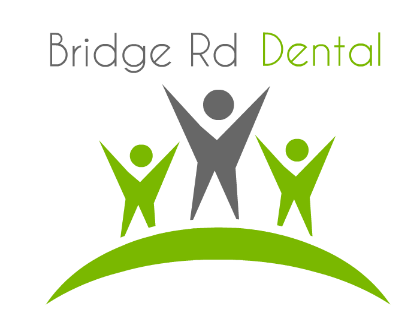Gum Disease Treatment in Richmond
 Bleeding gums are one of the earliest signs of gingivitis. Fortunately, gingivitis is reversible with daily home care and preventative cleans. But if it goes unaddressed, the infection can work its way deeper into the supporting gum and bone tissue. When that happens, periodontitis (gum disease) develops.
Bleeding gums are one of the earliest signs of gingivitis. Fortunately, gingivitis is reversible with daily home care and preventative cleans. But if it goes unaddressed, the infection can work its way deeper into the supporting gum and bone tissue. When that happens, periodontitis (gum disease) develops.
Screening for Gum Disease
We evaluate for signs of periodontal disease during each exam. From the first checkup, we’ll measure the attachment levels where your gums meet your teeth, identifying problem areas at the earliest stages. A small probe allows us to measure in increments of millimetres, allowing us to closely monitor any changes in gum health from one visit to the next. As we measure specific points around each tooth, you can have an idea as to what areas of your mouth are affected and how severe they are.
What Is Periodontal Disease?
Symptoms of periodontitis frequently include:
- Bleeding gums
- Receding gumlines
- Loose or sore teeth
- Tooth loss
- Bad breath
- Heavy tartar buildup
- Swollen or red tissues
- Tenderness
- Bone loss (visible on X-rays)
As gum infections are treated, you can significantly lower the severity of issues like bad breath (halitosis) or bleeding gums.
Normal preventative cleans focus on your teeth and just along the edges of your gumlines. But if there’s active gum detachment and periodontal disease, a series of deep cleans will be necessary. These cleanings remove the bacteria responsible for the gum infection, putting you on the road to recovery.
During a deep clean, we will numb the tissues around your teeth to prevent discomfort. Each area is thoroughly scaled. We may recommend cleaning one part of your mouth and then the other at a separate visit, especially if local anaesthetic is going to be used.
Daily home care is just as important as deep cleans when it comes to treating periodontitis. Even if you see the best periodontal specialist, the pocket areas around your teeth can become reinfected after you eat. We’ll show you how to thoroughly clean your mouth each day to improve your recovery rate and reduce the chances of relapse.
Be sure to floss each day, even if your gums are sensitive. Healthy gum tissues don’t bleed, so try not to let that deter you from caring for your smile properly. Investing in a floss holder or water flosser can be useful for hard-to-reach or especially tender areas of your mouth.
If you have any lesions or white spots on your gums that don’t heal within 10-14 days, we encourage you to go ahead and have them looked at by one of our dentists. Diseases such as oral cancer are usually not painful, but they frequently exhibit symptoms of sores that don’t heal, difficulty swallowing or tissue changes that do not mirror the other areas of your mouth. Early treatment allows for the best success and recovery rate.
Think You Have Gum Disease?
If you have chronic bleeding gums, contact us for gum care/periodontics Richmond. Early intervention could save your smile!
Any invasive or surgical procedure may carry risks. Before moving forward, it is recommended that you seek a second opinion from an appropriately licensed medical professional.

